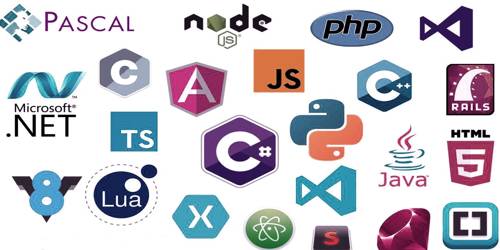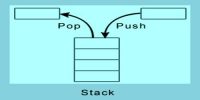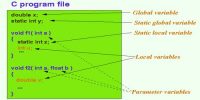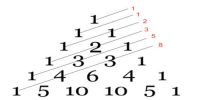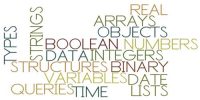Characteristics of various generations of Programming Languages
A programming language is a formal constructed language designed to communicate instructions to a machine, particularly a computer. Programming languages can be used to create programs to control the behavior of a machine or to express algorithms.
Programming language passed through various developments since the development of machine language. The generations and their features are given below.
1st Generation Programming Language:
(i) Machine language (i.e. 0 and 1) is called 1st generation language.
(ii) Often requires no translation.
(iii) Machine depended.
(iv) Programming was tiring, boring and prone to error.
(v) Debugging was hard;
2nd Generation Programming Language:
(i) Some simply English words were introduced as a command word. (i.e. LDA, ADD, DIV etc)
(ii) A translator was needed. The translator was called “Assembler” and the language was called Assembly Language.
(iii) Machine depended.
(iv) Had better scope than 1st generation languages.
3rd Generation Programming Language:
(i) Extensive use of everyday English words.
(ii) Good use of logical operations.
(iii) Good control over a large array of hardware.
(iv) Machine-independent.
(v) Needs, translator as Compiler and Interpreter.
(vi) Example: C, Pascal, Java, Basic, FORTRAN etc.
4th Generation Programming Language:
(i) Optimized for complex mathematical operation, web design, database manipulation.
(ii) Capable of an automatic graph, report or data table generation.
(iii) Machine-independent.
(iv) Example: LIPS, MATLAB, Oracle, SQL etc.
